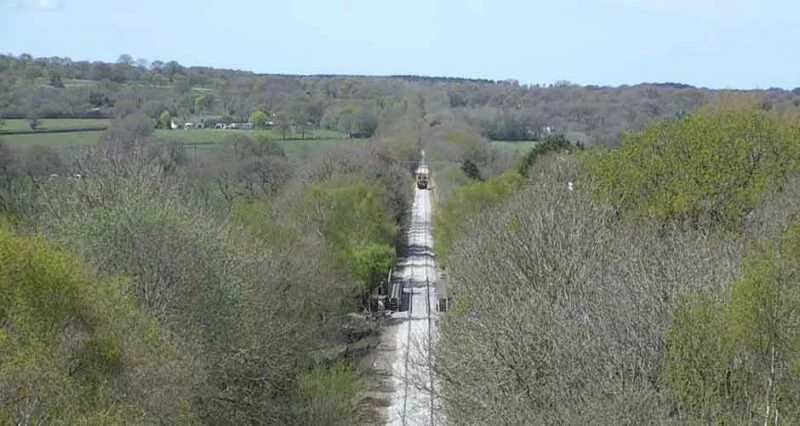
In the quest for a greener, more vibrant landscape, we often encounter the challenge of managing overgrown vegetation. Whether it’s a backyard gone wild or a community space in need of taming, understanding the nuanced tactics for addressing this growth is crucial. This guide dives into the advanced approaches to managing overgrown vegetation, weaving through the practical, the innovative, and the environmentally sensitive strategies to ensure your green spaces are both beautiful and sustainable.
Understanding Your Green Canvas
Before you start the process of vegetation management, it’s important to assess the situation. Identifying the types of plants, their health, and how they fit into your overall landscaping plan will guide your approach. Some plants may simply need pruning or relocating, while others might have outlived their suitability for the space. This initial assessment is your blueprint for action, setting the stage for a more targeted and effective strategy.
The Strategic Approach to Pruning
Pruning isn’t just about cutting back growth; it’s an art that requires understanding the growth patterns and health implications for each plant. Advanced pruning techniques focus on promoting healthy growth, enhancing the plant’s natural shape, and ensuring safety by removing potentially hazardous limbs. Timing is also key, as different plants have optimal pruning periods. By adopting a strategic approach to pruning, you can encourage a more harmonious and healthy landscape.
Incorporating Tree Removal into Landscape Management
Sometimes, the best approach to managing overgrown vegetation involves removing trees that no longer fit within the landscape or pose safety risks. In densely populated areas, like cities or suburbs, professional services, such as Tree Removal Sydney, offer a solution that balances safety, efficiency, and environmental consideration. This service demonstrates how removing specific elements of overgrowth can enhance the overall health and aesthetics of your landscape.
The Role of Controlled Burning
Controlled burning, a method often overlooked, plays a significant role in managing overgrown vegetation, particularly in large, open areas. This technique, used under strict conditions, helps reduce invasive species, promote native plant growth, and decrease the risk of wildfires. By understanding the ecological benefits and implementing controlled burns responsibly, we can use fire as a tool for vegetation management.
Leveraging Technology in Vegetation Management
Technology has revolutionized the way we approach overgrown vegetation. Drones, for example, can map out areas, identifying overgrowth hotspots and even deliver targeted treatments like seeding or spraying. Similarly, GIS (Geographic Information Systems) technology enables precise mapping and analysis of vegetation, aiding in strategic planning and monitoring. These technological tools allow for a more informed, efficient, and effective approach to vegetation management.
The Importance of Mulching and Composting
Mulching and composting are sustainable tactics for managing vegetation waste. By converting trimmed or removed vegetation into mulch or compost, we not only recycle nutrients back into the soil but also reduce waste. These practices support soil health, moisture retention, and plant growth, showcasing how waste can become a resource in the cycle of sustainable landscaping.
Community Engagement and Education
Managing overgrown vegetation is not just a task for individuals or professionals; it’s a community endeavor. Engaging with community members through educational programs can spread knowledge about sustainable vegetation management practices. Workshops, community gardens, and volunteer cleanup days foster a collective responsibility towards our green spaces, enhancing local ecosystems and building stronger communities.
The Future of Vegetation Management
As we look towards the future, it’s clear that the strategies for managing overgrown vegetation will continue to evolve. Innovations in biotechnology, the expansion of urban forestry initiatives, and a deeper understanding of ecological balance will shape the approaches we take. The key to successful vegetation management lies in our ability to adapt, innovate, and remain committed to the health of our planet.
Managing overgrown vegetation requires a blend of art, science, and community. By adopting advanced strategies that consider the health of the ecosystem, the safety of the community, and the aesthetics of our landscapes, we can create sustainable, vibrant green spaces. Remember, each action we take is a stroke on the canvas of our environment, contributing to a masterpiece of biodiversity and beauty. Whether it’s through careful pruning, strategic tree removal, or embracing technological advancements, our efforts in vegetation management are essential steps towards a greener future.

